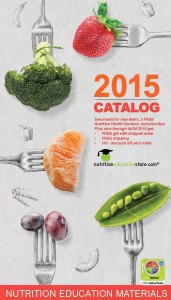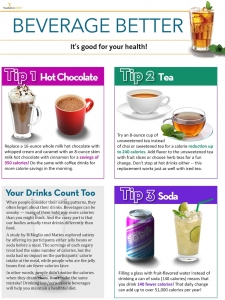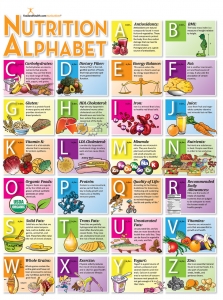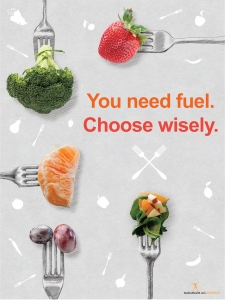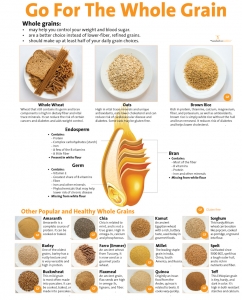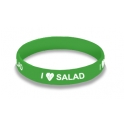I’ve recently been exploring the realm of video marketing, and today I’d like to share what I’ve learned. I hope you like it!
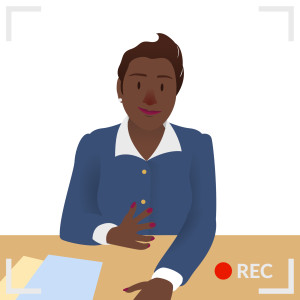 In 2011, Google made $37.9 billion dollars from AdWords, which sells ads for Google search results. Its advertising philosophy is based on measurable data. Take this exchange between Google’s founder, Eric Schmidt and Mel Karmazin, president of Viacom and CBS, as an example.
In 2011, Google made $37.9 billion dollars from AdWords, which sells ads for Google search results. Its advertising philosophy is based on measurable data. Take this exchange between Google’s founder, Eric Schmidt and Mel Karmazin, president of Viacom and CBS, as an example.
“Our business is highly measurable,” Google’s founder, Eric Schmidt said. “We know that if you spend X dollars on ads, you’ll get Y dollars in revenues per industry, per customer.” Mel Karmazin, President of Viacom and CBS argued back, “You buy a commercial in the Super Bowl, you’re going to pay two and one-half million dollars for the spot,” Karmazin said. “I have no idea if it’s going to work. You pay your money, you take your chances.” Karmazin trained his eyes on his Google hosts, his hands folded on the table, his cuff links gleaming, and protested, only half in jest, “You’re f***ing with the magic!”
This scene comes from the book, Googled, by Ken Auletta. Now how does video marketing stack up, given the data at Google’s disposal?
The answer lies in AdWords.
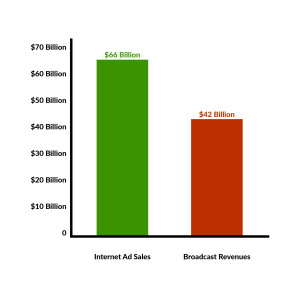 In 2013, internet ad sales blew past broadcast revenues with a total of $66 billion to broadcasting’s $42 billion. I have jumped on this bandwagon and have been using AdWords myself. It’s not an easy process. To become proficient — having sales be greater than the cost of advertising — took me a year of research and participation in the Perry Marshall Group. I have also spent several thousand dollars on the “Internet Stupid Tax” as Perry likes to call the wasted ad dollars spent in Google AdWords. This usually occurs when keywords are too broad or your landing page is too generic. So I am no newcomer to the process.
In 2013, internet ad sales blew past broadcast revenues with a total of $66 billion to broadcasting’s $42 billion. I have jumped on this bandwagon and have been using AdWords myself. It’s not an easy process. To become proficient — having sales be greater than the cost of advertising — took me a year of research and participation in the Perry Marshall Group. I have also spent several thousand dollars on the “Internet Stupid Tax” as Perry likes to call the wasted ad dollars spent in Google AdWords. This usually occurs when keywords are too broad or your landing page is too generic. So I am no newcomer to the process.
Yet I think that AdWords is vital for most business for two reasons. First, it brings in new customers. Second, it makes the customers come to you instead of your competition! So now let’s talk video.
Video is an important puzzle piece to a good landing page on the internet.
Whether you plan to drive traffic via email, organic search, or pay per click, you have to have a good web page that converts visitors to customers. This is called a good capture rate and it is the key to success on the internet.
 A good capture rate usually requires a good video. When I consulted a business coach, (the marketing director for Johnson and Johnson for over 20 years) he showed me the work he did for his latest client, increasing her business from $300K to $1 million with one video. In this one video, the site addressed all of her potential customers’ worries.
A good capture rate usually requires a good video. When I consulted a business coach, (the marketing director for Johnson and Johnson for over 20 years) he showed me the work he did for his latest client, increasing her business from $300K to $1 million with one video. In this one video, the site addressed all of her potential customers’ worries.
Here are the statistics for this the use of video on the internet. Check out the power, popularity, and sales statistics!
- A video in email increases the click rate by 96% (according to an Implix email marketing survey).
- 90% of online shoppers at Amazon say online videos are useful and help them decide on a purchase.
- 75% of executives surveyed by Forbes say that they watch a business related video at least once a week. 65% of these visit the retailer’s website after watching the video.
- According to the Online Publisher’s Association, 80% of people recall watching a video ad on a website in the past month.
- 64% of people are more likely to buy a product after watching a video.
- Real estate properties with videos receive 403% more inquiries than properties without videos.
- Forbes Insight found that 65% of executives say they would rather watch a video than read text.
- They are reading how-to advice along with videos about a product or service.
- 50% of these videos are watched on YouTube.
- According to Dr. James McQuivey of Forrester Research, one video is worth 1.8 million words.
- 100 million people use the internet every day. Most watch videos each day.
- The Forrester Marketing group surveyed businesses and found that when an email had a video, the click rate increased by 200-300%.
- Videos increase people’s understanding of your product or service by 74%.
- YouTube is the number two search engine in the world.
- 1/3 of all online activity is spent watching videos.
So what do you think? Is a video right for your site?
The bottom line is that video is a valuable medium that is sought after by many people each day on the internet. Video can vastly increase sales on a website for a product or service.
Works Cited:
18 Video Marketing Stastistics. Video Brewery. Web. 4 April 2015.
25 Amazing Video Marketing Statistics. Digital Sherpa. Web. 4 April 2015.
Adwords, Wikipedia. Web 4 April 2015.
Auletta, Ken. Googled: The End of the World As We Know It. Print. 10 Oct 2010. Penguin Books.
Online ad revenues blow past broadcast TV thanks to mobile, Forbes, Web 4 April 2015.
PS Market research isn’t the only way I can make your job easier! Check out these amazing educational materials in the Nutrition Education Store.
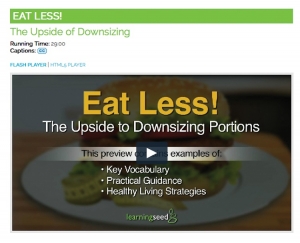
Portion Control Video
Displays by Design: Eat Fruits and Vegetables to Excel
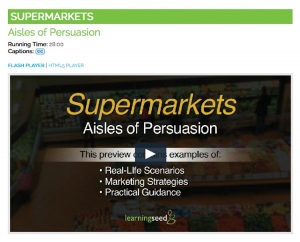
Healthful Habits in the Supermarket Video
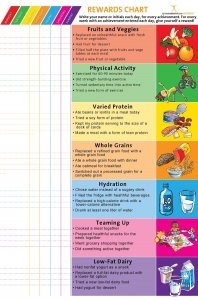
Reward Chart Poster









